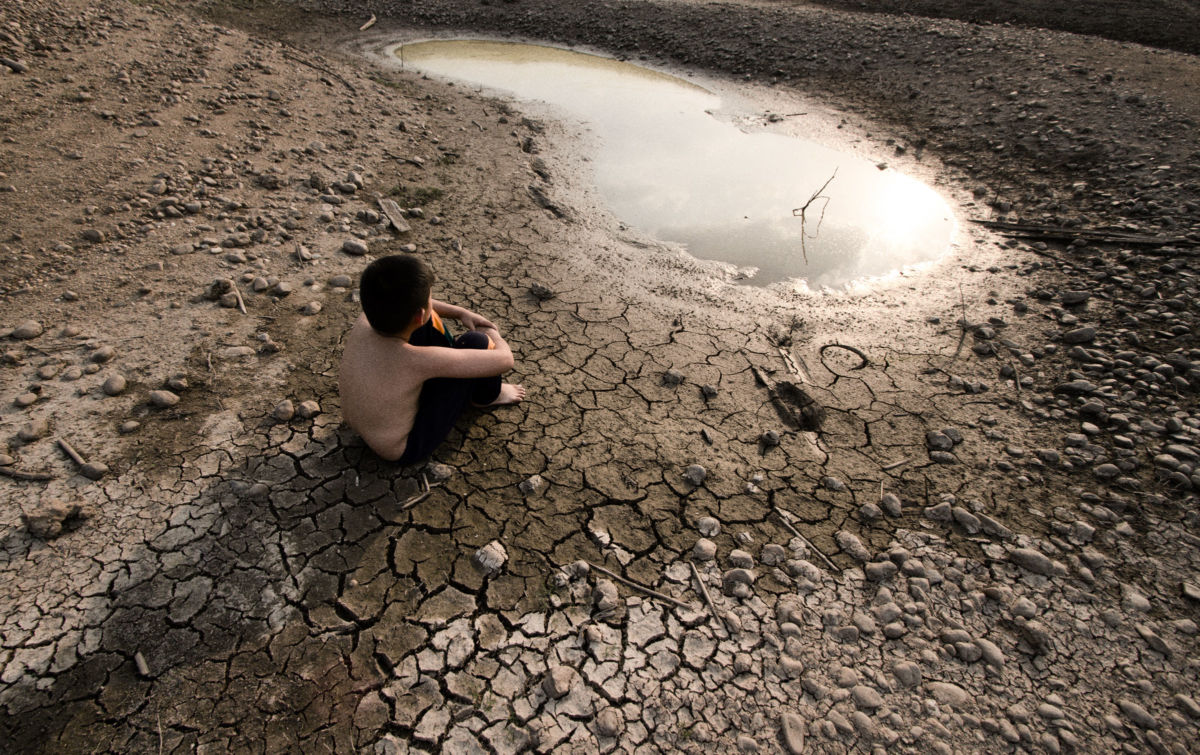Part of the Series
Planet or Profit
A recently published study has found that “[c]limate change and human activity are dooming species at an unprecedented rate.”
The study, “Co-extinctions annihilate planetary life during extreme environmental change,” published in the journal Scientific Reports, was a joint effort by Australian and Italian researchers from Flinders University in Adelaide and the European Commission’s Joint Research Centre, respectively.
To conduct the study, the researchers created 2,000 “virtual Earths.” They then added in different stressors such as abrupt climate change replicating that which we are now experiencing, a nuclear winter following the detonation of multiple nuclear weapons, and a massive impact from an asteroid.
Each scenario resulted in showing that plant and animal species that are wiped out by any of these extreme environmental changes dramatically increases the risk of a domino effect that could annihilate all life on Earth.
Co-Extinction
The researchers found that these worst-case scenarios led to what they called “co-extinctions,” wherein an organism dies out because it is dependent upon another doomed species.
The team developed models to predict ecosystem function and resilience, including past, present and predicted future ability to change and adapt.
The study found that the fastest way to doom all life on Earth was to remove the most ecologically important species — the species with the most connections in their ecological network — first. And those species are, in general, the ones most likely to go first when it comes to warming.
“At least in our simulations, heating tends to remove the ecologically most important species first,” reads the results of the study.
When the researchers modeled a warming planet, they found that it had an effect that was similar to the experiment they ran in which they removed the most ecologically important species.
In the introduction of their study, the researchers stated that their findings make it “difficult to be optimistic about the future of species diversity in the ongoing trajectory of global change, let alone in the case of additional external, planetary-scale catastrophes.”
They found that the loss of plant life set in motion the annihilation of life on Earth. This is because plants have a relatively low tolerance to rapidly changing temperatures, and when the plants die, so do the herbivores that eat them. Then, obviously, the predators that eat the herbivores are left foodless, including humans.
They found warming the planet to also be the worst-case cataclysmic scenario because it affected plants the most (on a global scale and all at once), more than all the other scenarios.
Studies that fail to take into account co-extinctions underestimate the rate and magnitude of the loss of species from an event like climate change by “up to 10 times,” one of the researchers told The New Daily in Australia.
Giovanni Strona of the European Commission’s Joint Research Centre based in Ispra, northern Italy, one of the co-authors of the study, released a statement saying, “In the case of global warming in particular, the combination of intolerance to heat combined with co-extinctions mean that five to six degrees of average warming globally is enough to wipe out most life on the planet.”
Planetary Warming Will Speed Up
Truthout recently reported how feedback loops, particularly those in the Arctic, are already dramatically speeding up climate change.
For example, when sea ice in the Arctic melts away (thanks to warming), positive feedbacks kick in: The darker water is able to absorb far more heat, subsea permafrost in the shallow Arctic seas melts and releases methane, and dramatic shifts in the polar vortex could likely cause (if they haven’t already done so) runaway climate change and ensuing collapse of the biosphere.
Humans have already added CO2 to the atmosphere comparable to that which occurred during the “Great Dying,” the end-Permian extinction event that occurred 252 million years ago, annihilating a majority of life on Earth. That event took 20,000 years, whereas humans have taken barely 250 years since the broad use of the combustion engine to dramatically increase CO2 levels in the atmosphere.
Studies have shown that the current rate of CO2 injection into the atmosphere by humans is now mirroring the rate that this took place during the Great Dying.
Species are already disappearing as fast as they did during Earth’s previous mass extinction events.
Join us in defending the truth before it’s too late
The future of independent journalism is uncertain, and the consequences of losing it are too grave to ignore. To ensure Truthout remains safe, strong, and free, we need to raise $43,000 in the next 6 days. Every dollar raised goes directly toward the costs of producing news you can trust.
Please give what you can — because by supporting us with a tax-deductible donation, you’re not just preserving a source of news, you’re helping to safeguard what’s left of our democracy.
